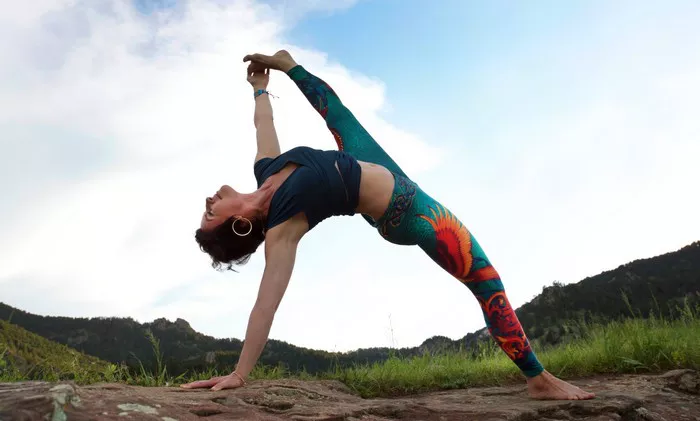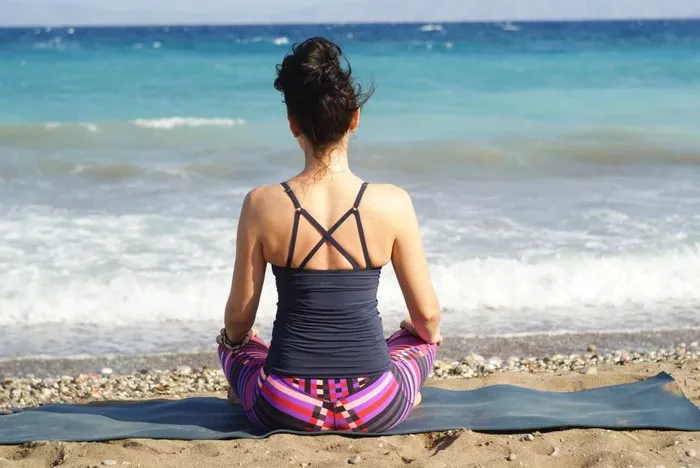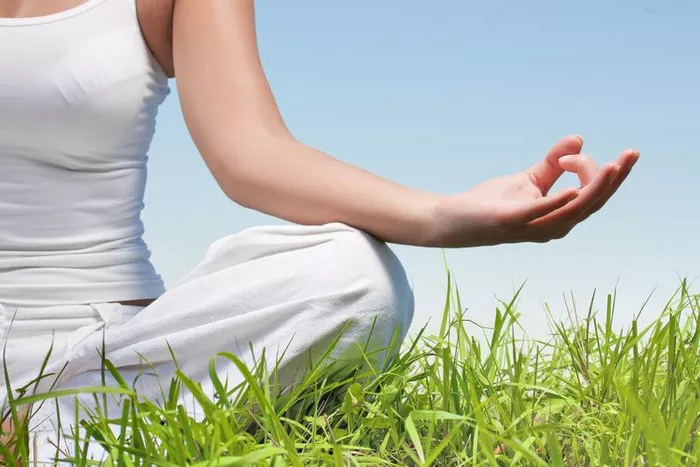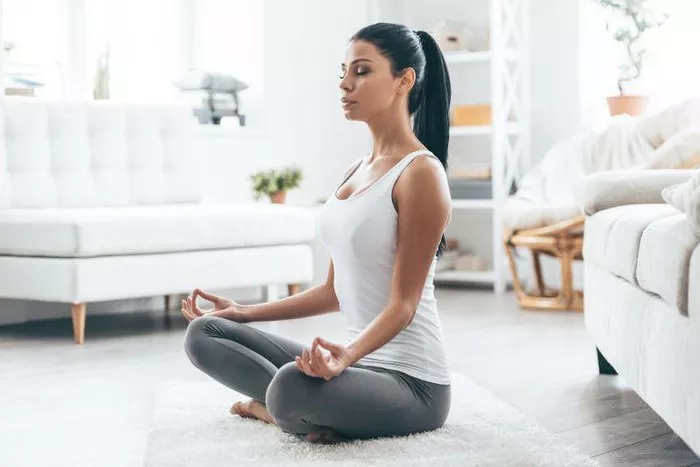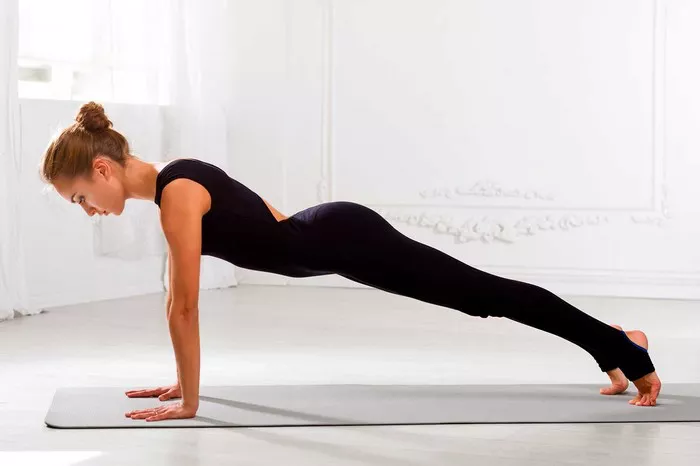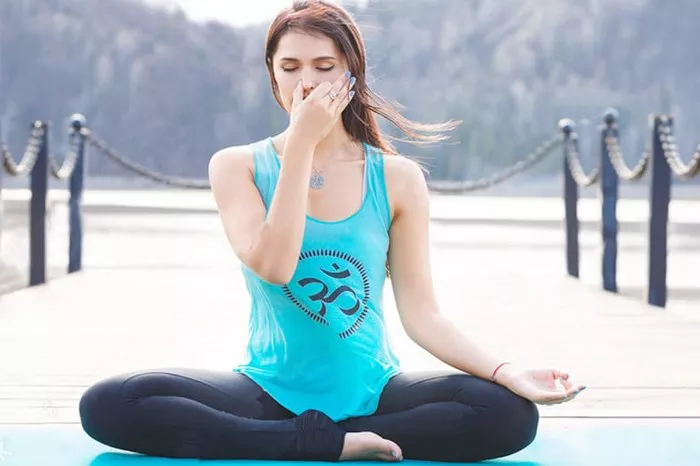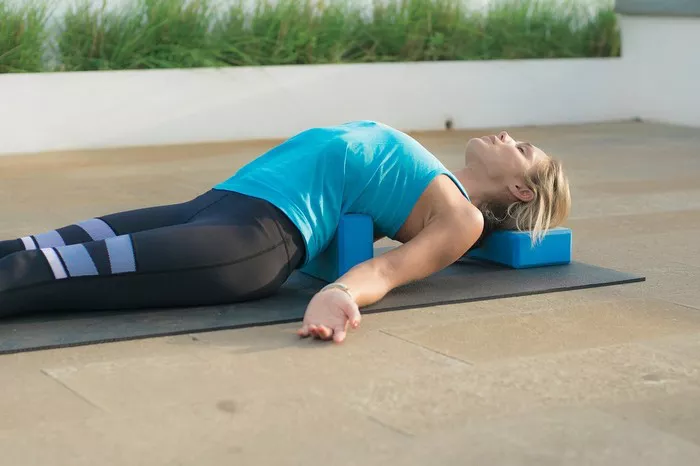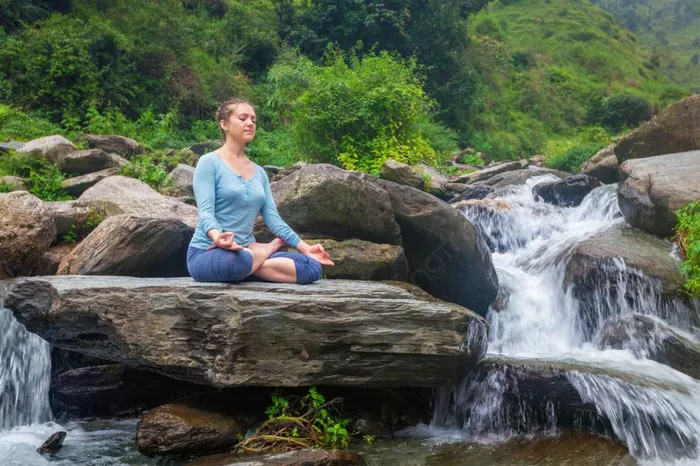Iyengar Yoga is a globally respected style of yoga known for its precision, alignment, and therapeutic benefits. Developed by B.K.S. Iyengar, this practice stands out due to its unique approach, making it accessible to practitioners of all levels, including those with injuries or physical limitations. In this article, we will explore what makes Iyengar Yoga special, including its philosophy, techniques, benefits, and how it differs from other forms of yoga.
Origins and Philosophy of Iyengar Yoga
B.K.S. Iyengar, one of the most influential yoga teachers of the 20th century, developed Iyengar Yoga based on the principles of Hatha Yoga. His approach emphasized alignment, precision, and the use of props to help students achieve the correct posture, regardless of their body type or flexibility.
Iyengar believed that yoga should be accessible to all and that correct alignment in each pose (asana) allows the body to function optimally. His teachings were deeply rooted in the ancient text The Yoga Sutras of Patanjali, particularly the concept of “sthira sukham asanam”—a posture should be both steady and comfortable.
Key Features That Make Iyengar Yoga Special
Several unique aspects make Iyengar Yoga different from other styles. These include its focus on alignment, the use of props, longer holds, and a structured sequence of poses.
1. Precision and Alignment
Iyengar Yoga is known for its meticulous attention to alignment in each posture. Unlike some yoga styles that focus on flow and movement, Iyengar Yoga requires students to hold poses with careful attention to the placement of the body.
- Proper alignment ensures that the muscles, joints, and bones are positioned correctly, preventing injury.
- This method promotes balance, stability, and symmetry, reducing strain and improving posture.
- Alignment-based practice can help relieve chronic pain, particularly in the back, knees, and shoulders.
2. Use of Props
One of the most distinctive elements of Iyengar Yoga is the extensive use of props. Iyengar introduced blocks, straps, bolsters, blankets, chairs, and even ropes to support students in achieving the correct pose without straining or forcing the body.
- Props make yoga accessible to beginners, seniors, or individuals recovering from injuries.
- They help maintain alignment while reducing the risk of injury.
- Even experienced practitioners use props to deepen their poses and enhance body awareness.
3. Longer Holds in Each Pose
Unlike Vinyasa or Ashtanga Yoga, where practitioners move dynamically between postures, Iyengar Yoga emphasizes holding poses for an extended duration. The benefits of longer holds include:
- Building strength and endurance by engaging muscles for a prolonged time.
- Deepening flexibility and increasing mobility through gradual opening.
- Enhancing mindfulness and body awareness by allowing practitioners to focus on each part of the pose.
Holding postures longer also allows the nervous system to relax, making Iyengar Yoga beneficial for reducing stress and tension.
4. Therapeutic Applications
Iyengar Yoga is often used as a therapeutic practice to help individuals recover from injuries or manage chronic conditions. Many medical professionals recommend it for issues such as:
- Back pain and spinal issues – Helps improve posture and relieve tension in the spine.
- Joint problems (arthritis, knee pain, etc.) – Alignment-based poses reduce strain on joints.
- Stress and anxiety – Breath control and deep relaxation techniques promote a sense of calm.
- Post-surgical recovery – Iyengar Yoga’s gentle, supported approach is effective for rehabilitation.
Iyengar himself overcame many physical challenges in his youth, and his approach to yoga reflects his deep understanding of using yoga as a healing tool.
5. Structured and Systematic Practice
Iyengar Yoga follows a well-organized system where poses are taught in a specific sequence. Beginners start with foundational postures before advancing to more complex asanas.
- This systematic progression helps practitioners build a solid foundation and avoid injury.
- Classes often focus on a particular theme, such as standing poses, backbends, forward bends, or inversions.
- The methodical approach ensures steady improvement over time rather than rushing through advanced poses too quickly.
Who Can Benefit from Iyengar Yoga?
Iyengar Yoga is suitable for a wide range of individuals, including:
- Beginners – The structured approach and use of props make it easy to start.
- Seniors – Gentle modifications and supportive props accommodate aging bodies.
- Injury recovery patients – Therapeutic benefits help with rehabilitation.
- Athletes – Focus on alignment improves performance and prevents injuries.
- Those seeking stress relief – Deep concentration and breath awareness promote mental clarity.
Conclusion
Iyengar Yoga is a truly unique and transformative style of yoga that prioritizes alignment, precision, and accessibility. With its emphasis on proper posture, the use of props, and its therapeutic benefits, this method has changed the lives of countless practitioners worldwide.
Whether you’re new to yoga or looking for a deeper understanding of your practice, Iyengar Yoga offers a structured, safe, and profoundly healing approach. Through discipline and mindfulness, it helps cultivate not only physical strength and flexibility but also a deep inner awareness and tranquility.
If you are looking for a yoga practice that focuses on technique, healing, and long-term growth, Iyengar Yoga is an excellent choice. Try a class and experience the difference for yourself!
Related Topics:

